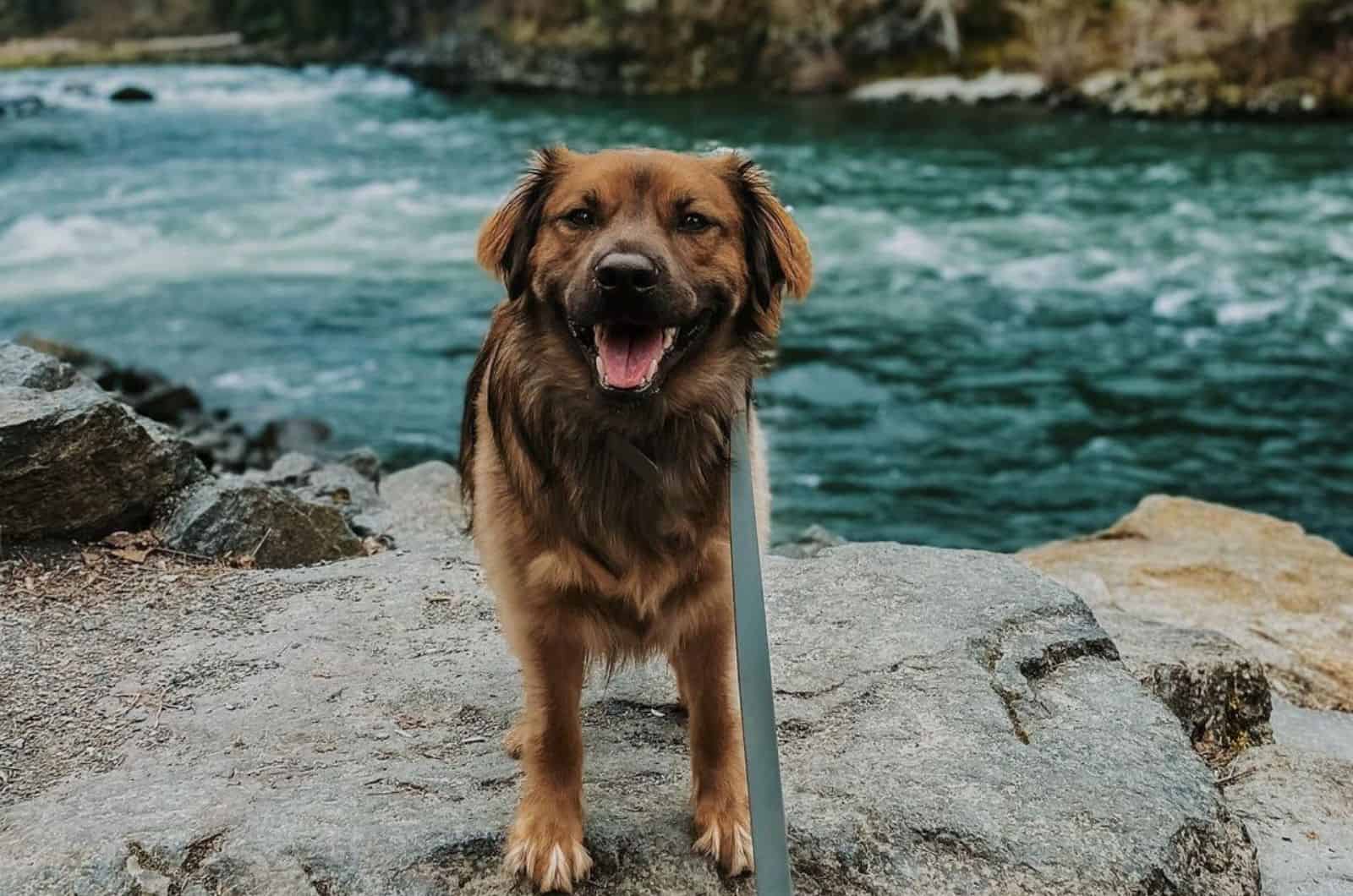As one of the most popular mixed-breed dogs in the world, Pitbulls are known for their smooth, short hair coat. However, an owner posted online a photo of their long-haired Pitbull rescue dog and left everyone wondering. It was so peculiar that some media reported on the case.
We usually assume a coat color is the epitome of uniqueness, and words like “exotic” or “rare” pop up all over the internet. However, the scenario we are looking at today is truly rare and happens only once in a blue moon.
Pitbull lovers will probably be wondering if they can get one from a reputable breeder. The answer is yes and no. If you are quite knowledgeable about the breed, you will definitely be more interested in how a purebred Pitbull can have a long coat.
This article will tell you all about the genesis of longer hair in Pitbulls, and we will go through other situations that can result in an unusual hair length.
Is The Long-Haired Pitbull Real Or A Hoax?
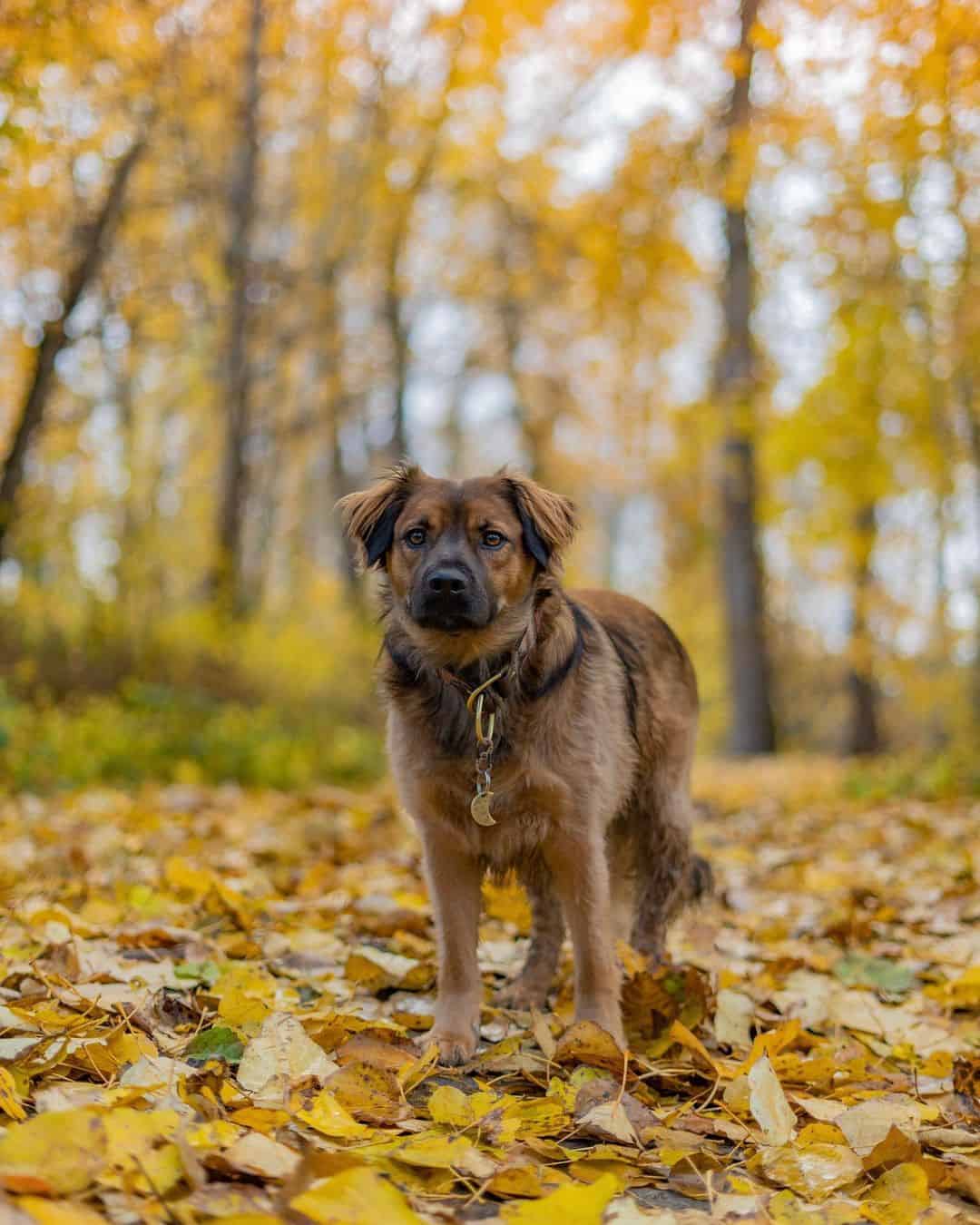
Well, the owner’s veterinarian was adamant that the rescue long-haired Pitbull named Ruby was a mix of the American Pitbull Terrier and a Retriever or a Border Collie. Curious about just how much of the other breeds their dog had, the owner decided to DNA test it at Embarkevet.
To everyone’s surprise, the results came back and confirmed a one hundred percent match for American Pitbull Terrier. This means Ruby was purebred. Interestingly, Embarkvet tested another long-haired dog named Milo, that turned out to also be a purebred APBT.
You can see from the photos that the hair on the ears is similar to that of the Retriever, with some waviness. There is longer hair on the middle of the head that extends along the entire length of the back.
Some feathering on the chest, neck, and legs is reminiscent of a Border Collie or Retriever. Let us not forget that the back seems to have a ridge of longer hair around the midline. The stomach and sides have quite a bit more length than a standard Pitbull, too.
No matter what anyone says, this is a beautiful dog I would love to own. Not for the rarity of the dog’s hair but for the fact that people would not put it on the dreaded list of aggressive dog breeds.
Fluff genes probably started showing up because Pitbulls around the world felt like the cancel culture put a stigma of “dangerous breed” on their name. Well done, FGF5. If you are wondering who or what FGF5 is, check out the section on recessive genes in Pitbulls.
A Portrait Of The Long-Haired Pitbull
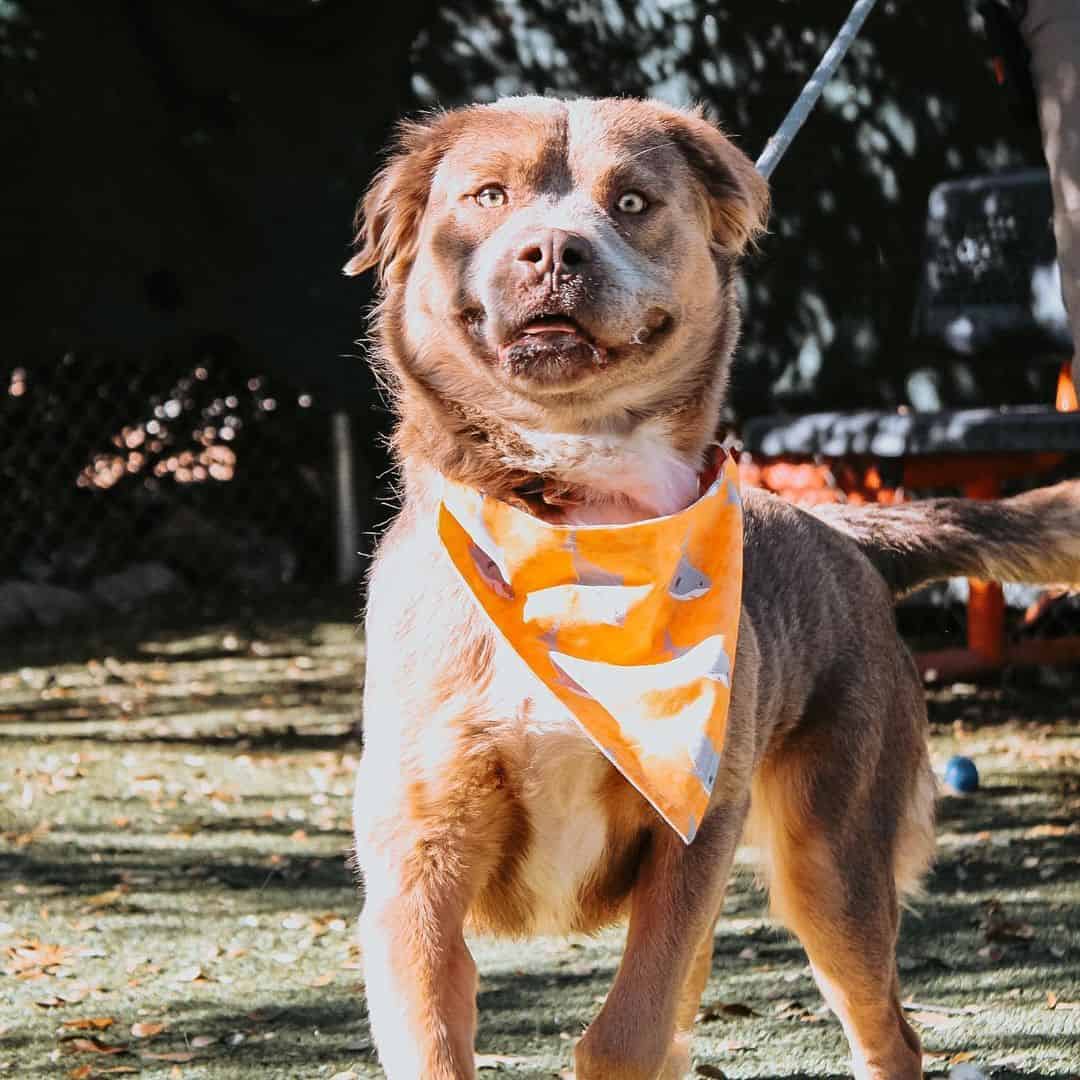
The name says it all, really. Other than the longer hair, this is a purebred, breed-standard Pitbull. It will grow anywhere between eighteen and twenty-one inches and weigh thirty-five to sixty pounds.
Having a lot of American Staffordshire Terrier in the genetics, its body is sturdy, muscular, and the perfect blend between power and agility. The height-to-length ratio goes in favor of the length just by a smidge.
A deep and wide muzzle creates a moderate stop at the connection with the forehead, giving the Pitbull the appearance of a wedge-shaped skull that is flat on top. Some wrinkling on the forehead is permitted when alert, otherwise, the face muscles are smooth and without wrinkles.
The shorter muzzle is paired with a rather large nose of any color. Just like the small or medium-sized hanging ears (cropping allowed), the eyes are set wide apart, slightly low on the skull, with a round shape and any color other than blue.
Neck musculature is pronounced, but the neck is of moderate length and widens toward the shoulder connection. The Pitbull’s shoulders are very muscular, wide, and long, with a pair of moderately thick leg bones that are perpendicular to the ground.
The hindquarters have strong musculature, and the loin is tucked in. The back of the dog gently tapers towards the hips. The back legs are parallel to the front ones, and no curvature should be seen when looking from the front or back.
Chest depth is greater than its width, and anything that compromises this proportion is considered a serious fault. A straight back with defined musculature has a subtle slant towards the hind, while the tail narrows to a point and is carried level when the dog is moving (low at rest).
Coat, Colors, And Grooming
The short-coated Pitbull has smooth hair quality, and it is set quite snugly to the skin. A long-haired Pitbull has a medium-length coat with a fluffy quality and some degree of waviness. There is no undercoat from what can be seen in the photos.
Because the AKC does not recognize the APBT as a purebred dog, the United Kennel Club dictates the standards. Thankfully, only merle Pitbulls are not accepted in conformation events, so short hair Pitbulls of virtually any color can be potential winners.
Unfortunately, the standards list the long, wavy, or fluffy coat as a major fault that is worth disqualification, and the recessive alleles will most definitely be sad.
Now that we are aware that a purebred long-haired Pitbull exists, grooming conventions regarding the breed need to be slowly updated. The absence of an undercoat is great for people with allergies or those who simply prefer a tidy home during seasonal coat changes.
Naturally, the longer coat will require brushing more than twice a week if you want your long-haired Pitbull to look glorious. Short-coated Pitties look great with one or two brushing sessions per week.
Short Fuse, Long Hair
Other than feeling fabulous all the time, the long-haired Pitbull has the same loving, loyal temperament as its short-coated version. Although they are considered an aggressive breed, that aggression does not mean they will attack people randomly.
As with every strong, working dog, the Pitbull oozes dominant behavior and protective instincts. For first-time dog owners, this should be a pass because the breed can be stubborn. Despite this, they are highly trainable and obedient when worked with from puppy days.
Pitbulls can show affection too. Some cuddles with family members are always welcome but do not expect Retriever levels of affection.
One of their best and most cherished traits is how well they interact with young children. They will even intervene in cases of domestic violence toward the child. Being so protective, early socialization is a must to instill good behavior and family dynamics.
Their high energy levels will require serious effort from the owner’s side. Regular intense physical exercise is a must that cannot be replaced by long walks. Mental stimulation needs are high, too, and leaving an APBT alone at home for a prolonged time can be a recipe for disaster.
In terms of living with other animals and dogs, they are tolerant of other dogs but can have a pronounced prey drive, which does not bode well for smaller animals in the house. A well-socialized Pittie will be gentle with all creatures, so it is on you as an owner to make it happen.
Lastly, the breed is known for its guarding ability and is very attentive when strangers enter your home. Make sure your brash and bossy guests are docile when entering, or they might end up running back to the car.
Long-Haired Pitbull Health Problems And Lifespan
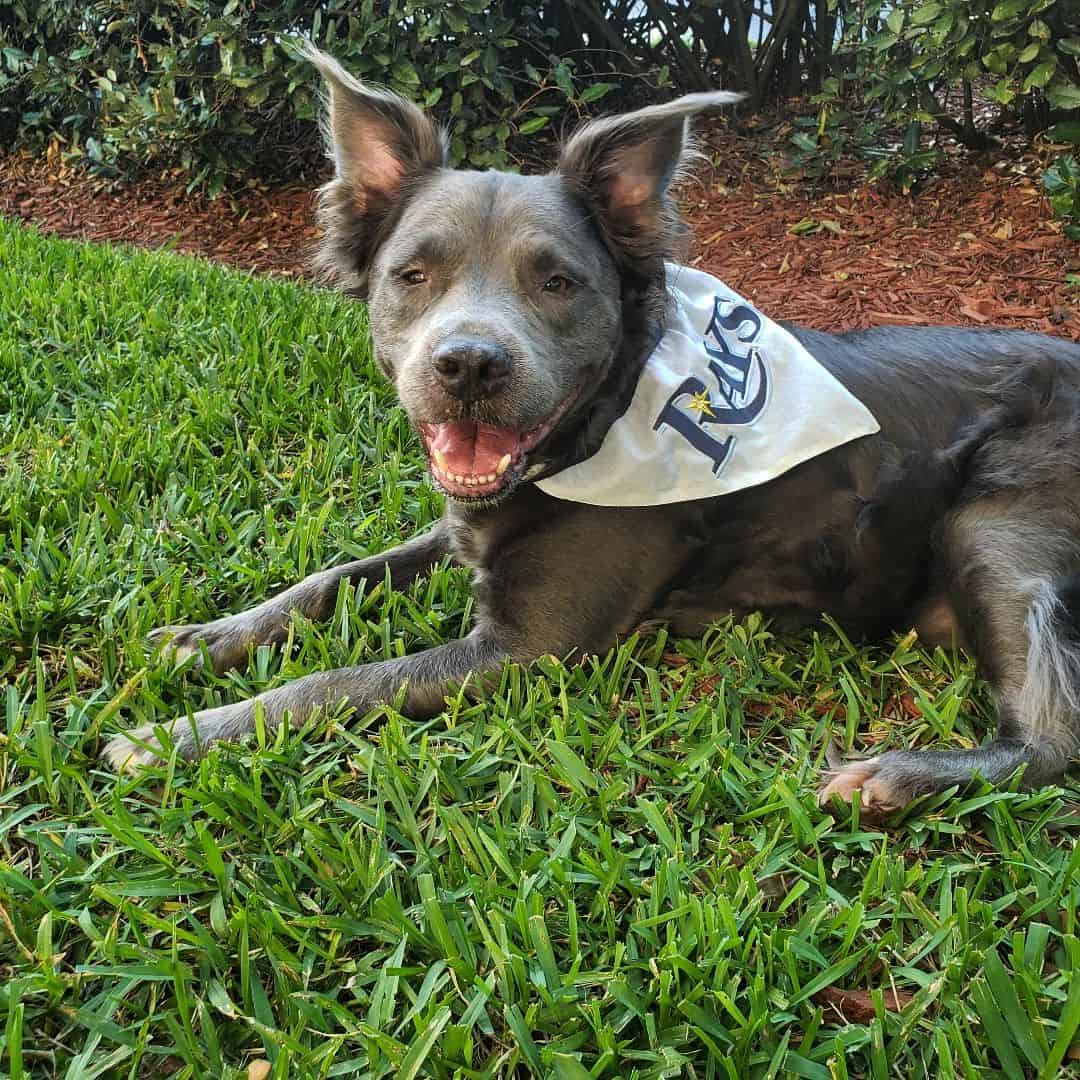
Although it appears that the recessive autosomal inheritance of the FGF5 variants does not influence the long-haired Pitbull’s health, other hereditary genetic diseases that plague the short-coated version are present.
Hip Dysplasia
This is a common congenital disease in Pitbulls that develops while the puppies are still growing. The femoral bone end (ball) does not fully develop, creating an anatomically incorrect fit with the hip bone (socket).
Over time, the cartilage that serves as a cushion between the two bones wears out, and the two bones start grinding against each other. The bone tissue damage that ensues in this process will ultimately cause arthritis.
Common symptoms of hip dysplasia are limping, pain while sitting, lying, or moving, irregular gait, and similar motoric function impediments. The pain can be managed by NSAIDs and painkillers, while the only permanent solution is surgery.
Two options are available in terms of surgery — ostectomy and full hip replacement. Ostectomy is bone surgery that shapes the femoral head to have a better fit and is the best choice for cases of dysplasia that are not severe.
Degenerative Myelopathy
Neurodegenerative conditions are some of the most debilitating diseases a dog can have. Without having a clear cause, DM is considered to be inherited, but with the onset of symptoms most commonly appearing in older dogs.
The early stage of the disease is not characterized by any specific symptoms. Instead, it shares a lot of them with hip dysplasia with osteoarthritis.
However, later stages can include your dog walking on its knuckles, loss of balance, dragging hind legs, and difficulty standing up after lying. After the onset of these symptoms, progression to complete limb paralysis happens within months.
Recent research shows that a mutation of a gene called SOD-1 puts dogs at a higher risk of DM. Two dogs with the recessive gene (mutation) should not be bred. Treatment is possible only in the form of secondary care and symptom management (pain or inflammation).
Hypothyroidism
One of the most important glands in the body is the thyroid. The two hormones it secrets, thyroxine and triiodothyronine) control body temperature regulation, nutrient absorption, bone and brain development, metabolic functions, etc.
If the gland underproduces hormones, its function can cause serious complications and even be fatal for the dog. Hypothyroidism can be caused by idiopathic thyroid gland atrophy or lymphocytic thyroiditis.
Gland atrophy is very rare in dogs, which means that the large majority of hypothyroidism cases are due to lymphocytic thyroiditis. It is believed to be an autoimmune reaction that causes the immune system to misinterpret the thyroid cells as foreign bodies that need to be eliminated.
Symptoms include lethargy, unexplained weight gain, degrading coat quality, slow heart rate, and a few more. Treatment includes synthetic hormone replacement therapy and will be a lifelong commitment.
Demodectic Mange
The mites that live on a dog’s hair (Demodex canis) follicle are common flora for every breed. However, immuno-compromised dogs can be susceptible to mite overgrowth.
Since the mites do not do any damage to the dog’s body when healthy, they are low in numbers. Puppies that do not have fully-fledged immune systems or older dogs with serious conditions will develop red spots, alopecia, itchy spots, papules, or scaling after mite overgrowth.
Most cases resolve on their own, but if mange becomes a body-wide condition, ivermectin (or other miticidal medication) is used to clear the floor. Some dogs can have severe, even fatal, allergic reactions to ivermectin, so a genetic test for the MDR1 gene is advisable prior to therapy.
Short-coated Pitbulls and other dog breeds that have single coats that are close to the skin are at higher risk than long-haired dogs. I knew the back bangs would come in handy at some point.
Long-Haired Pitbull Life Expectancy
Considering the breed is generally healthy and not plagued by many genetic diseases, it has a solid lifespan of twelve to fourteen years. Since the long-haired Pitbull does not seem to be at a loss with the long hair, we can assume its lifespan will be the same.
How long a Pitbull lives depends on several factors, and one of them is breeder choice. One that provides pedigree information and proof of clear genetic disease tests is much more likely to produce a healthy puppy that will live fourteen or even more years.
If you want to find out more about their lifespan, read our article on Pitbull life expectancy and how it can be extended.
The second most important factor is diet. Active breeds such as the Pitbull require proper nutrition. For this reason, some suggest a raw diet for Pitbulls makes a difference. Thirdly, a healthy lifestyle that includes a lot of physical activity and regular vet visits.
Recessive Genes In A Purebred American Pitbull Terrier
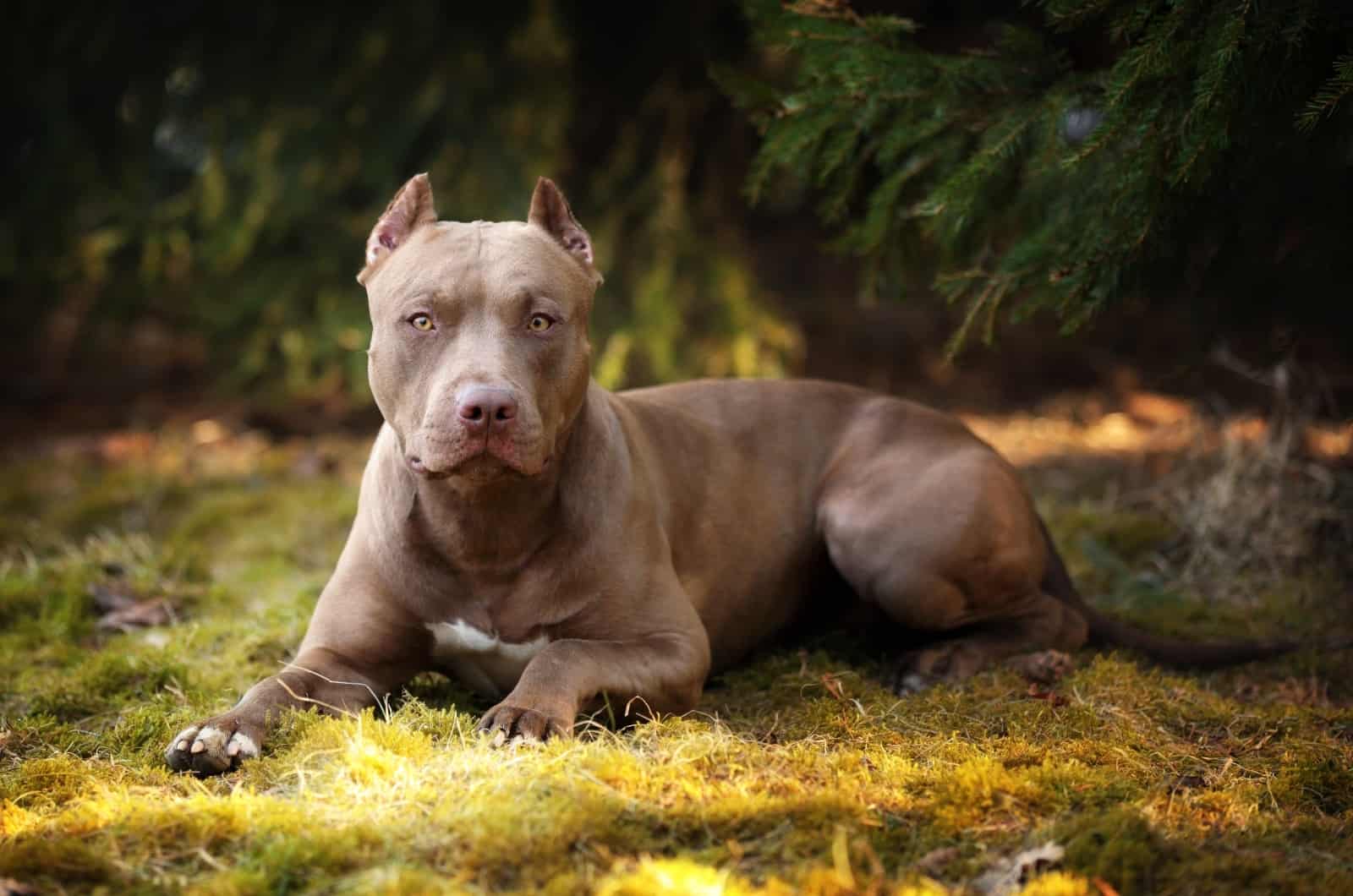
When it comes to recessive genes, we expect that the topic will be coat color. In this case, I will be explaining how a genetic mishap turns into awe for the usually short-hair Pitties’ new look.
Almost every breed, including the APBT, carries genes that have a long hair genotype. The rate at which it is expressed as a phenotype is so low that jaws drop around the world at the mention of a long-haired Pitbull.
Before we go deeper into genetics, let me explain the two terms I just used. A genotype is the genetic build of an organism, whereas phenotype means the expression of that build through observable characteristics.
The fibroblast growth factor-5 (FGF5) is a gene whose primary role is determining the length of hair in dogs. Prior to geneticists finding out about it in recent years, hair length genes were somewhat of an enigma.
With major advancements in the field of genetics and DNA testing, five variants (alleles) of the FGF5 gene were discovered. Their autosomal recessive inheritance means that both puppy parents need to have the recessive gene but most likely did not express its phenotype.
If you are a Pitbull owner, then this article on the best Pitbull brushes will be great for you. In case you happen to stumble upon a long-haired Pitbull and decide to adopt it, you will probably have more use from what is on offer in the best brushes for German Shepherds…
The Process Of Autosomal Recessive Inheritance
The five alleles, or FGF5 gene variations, are not all found in all dog breeds. The most common one is L (p.Cys95Phe), found in most breeds, whereas the L2 (c.578C>T) is specific to Eurasier, Akita, Samoyed, and Siberian Huskies.
Eurasier breeds are the only ones that have the L2, L3 (c.556-571del16), and L4 (c.559-560dupGG) gene variants in their genotype. French Bulldogs only have the L3 allele.
Not as “rich” in gene variants as the Eurasier breeds, but second best, is the Afghan Hound with its L4 and L5 (g.8193T>A (L5)) alleles in the FGF5 gene. You might be wondering where the Pitbull is, and rightly so.
It probably falls into the group of “most breeds” where the L variant does its magic. The available DNA tests that can find these variants in your dog’s genotype will probably be useful for breeders who will want to produce long-haired Pitbulls consistently.
Since we already know that hair growth is controlled by the FGF5 gene and that both parents of a long-haired Pitbull puppy must have at least one copy of the L gene variant for the offspring to express the phenotype, what happens when only one parent has it?
Genetic tests with a result of S/S will have guaranteed short hair, and S/L* (asterisk indicates one of the five gene variants) will, in theory, give birth to a litter where a quarter of the offspring will express long-haired coats and half of the litter will inherit the L* variant.
Clearly, a pairing of a dominant and recessive gene will not guarantee your Pitbull will have long hair, but there is a one in four chance. A pair of L*/L* will express the long hair phenotype in all puppies, and the whole litter will carry the recessive gene variant.
The Other Scenario That Results In A Long-Haired Pitbull
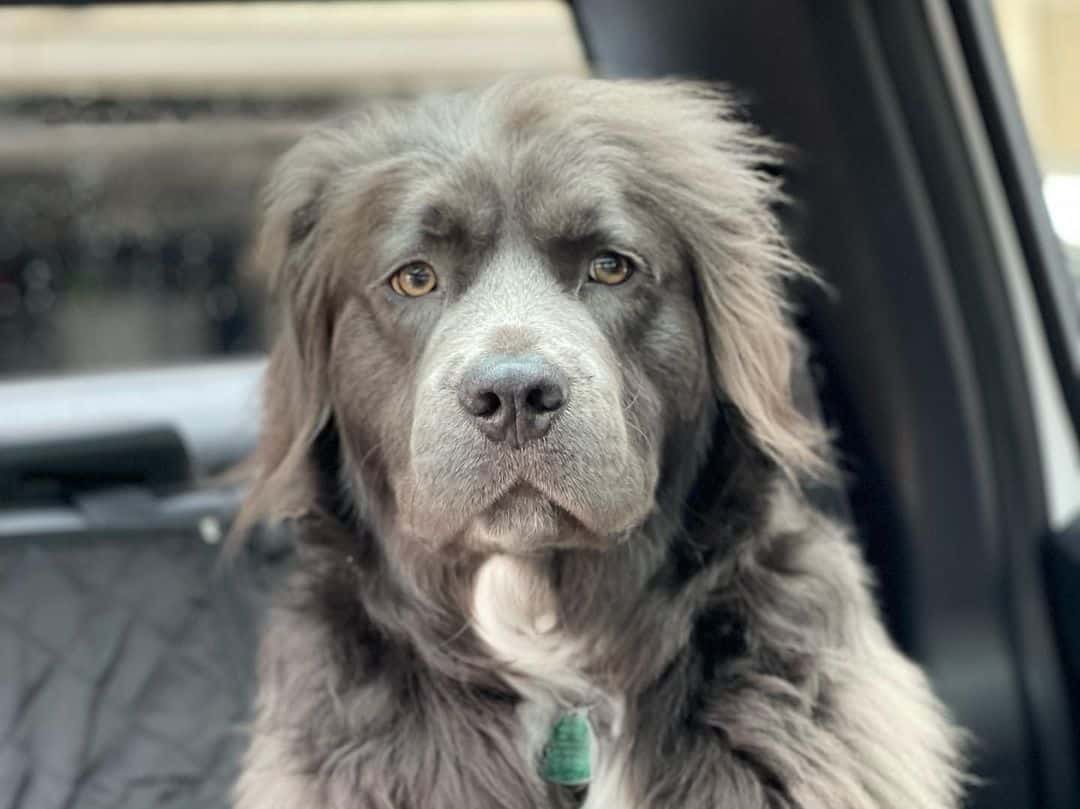
Before genetic testing showed the presence of the recessive autosomal inheritance of the FGF5 in the Pitbull breed, many speculated that the long hair was an “evolutionary” trait triggered by Pitties living in cold weather climates.
However, the proof is in the pudding, and the upvotes on the cold weather theory have now been made obsolete. Keeping the long hair recessive gene in the bloodlines will eventually be used to produce a long-haired Pitbull breed of dog.
The most likely scenario still involves the introduction of another breed in the Pitbull genotype. One of the better-known Pitbull mixes is the Pitbull Golden Retriever mix. It can sport longer hair on the ears, chest, legs, and even have a feathered tail.
In addition, the beautiful gold coat color looks great on the Pittie x Retriever. A Border Collie or Australian Shepherd Pitbull mix is another possibility because of the particular waviness of the hair in certain spots or across the entire body.
All of these mixes can look like the long-haired Pitbull, but the fact these DNA-tested and confirmed purebred Pitbulls retained all the breed standard characteristics works against it.
Hybrid dogs that have not gone through multi-generational breeding hardly ever retain all physical and temperament characteristics because mating two different breeds yields wildly unpredictable results. Still, there are completely different dog breeds that look like Pitbulls.
It is still possible that general looks or behavior are overall most similar to one of the parent breeds, but not to the extent these Pitbulls had. The unmute button for advocates of updating Pitbull breed standards has been pressed.
Long-Haired Summary
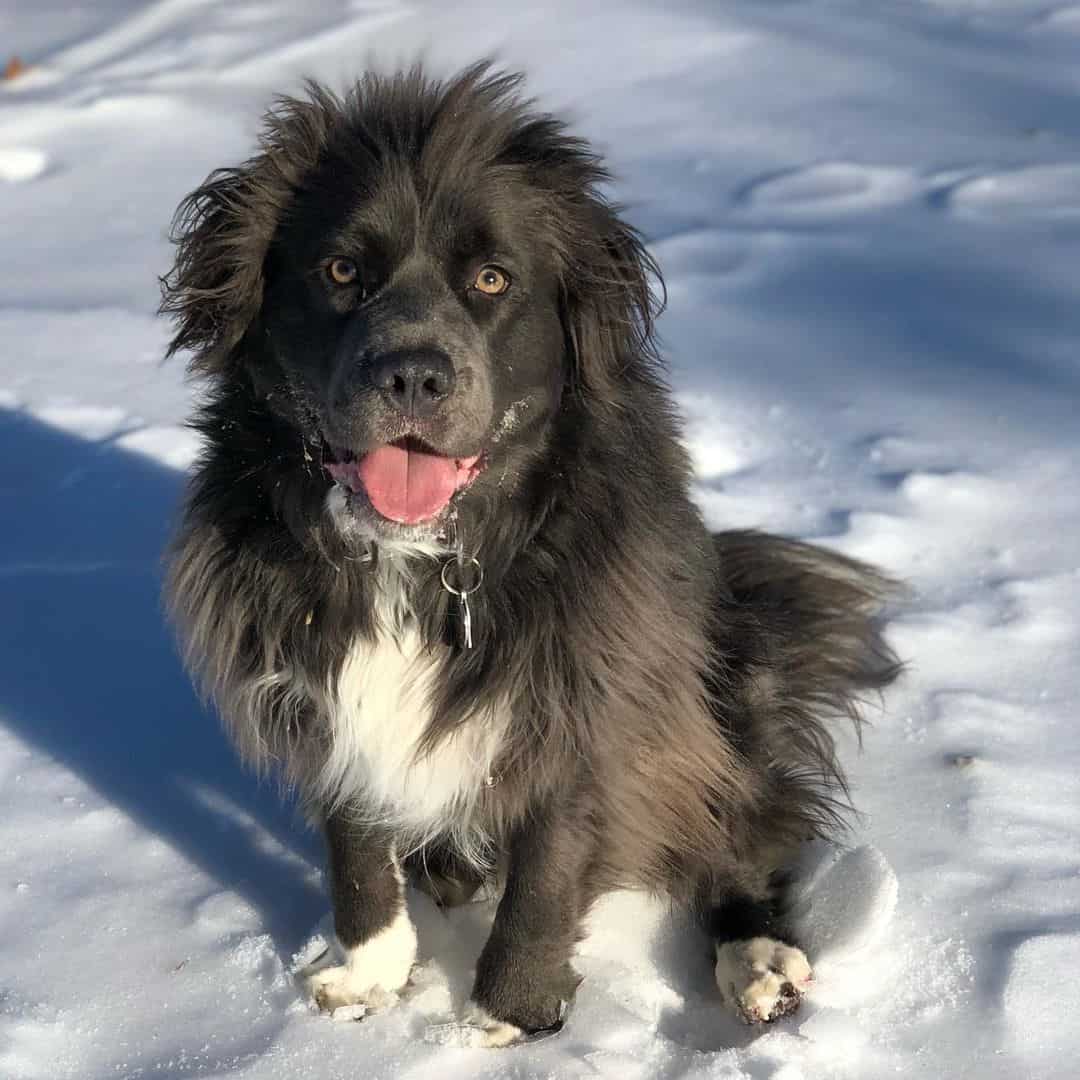
Without a doubt, the look fits the breed. Yes, we are all accustomed to seeing short-coated Pitties, but a long-haired Pitbull spices things up with the “no, I am crazy bro” vibe. I like the surfer look for the breed, but all the purists out there can just use a trimmer or skip a Pit Cobain altogether.
Whether you like it or not, the important thing is that health remains unscathed despite the gene mutation. For a companion dog, this is the most important thing, with everything else being a distant second.
If you are looking for breeders who have long-haired Pitbulls, they are probably scammers. If you find a Pittie from a reputable one, make sure to let us know who that person is. We would love to put them on our list.
